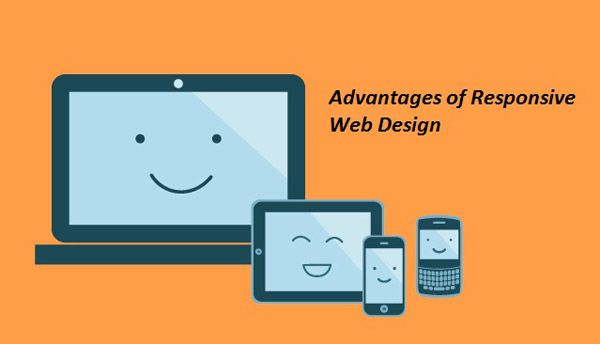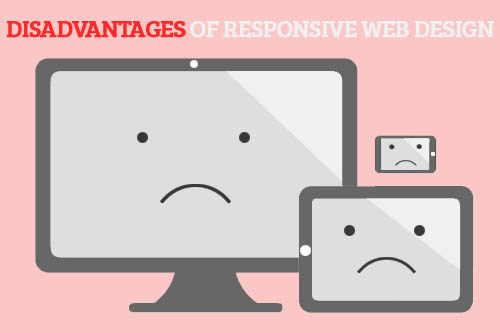For those unaware, responsive website design is a form of website that can easily adapt to any form factor the website is displayed on. Whether it’s on a tablet, a smartphone or a desktop PC, a responsive website will work fluidly to display content to it’s visitors.

There are both pros and cons to acquiring a responsive web design for your business, and in this article we are weighing out both the positives and negatives to find out whether it’s worth it to invest in getting such a website.
Pros of Responsive Website Design
Perhaps one of the biggest reasons why responsive website design is always going to be useful is that it is easily adapted to the mobile space – the mobile industry is absolutely huge right now, and a lot more people are using their smartphones and tablets to do shopping, watch videos and browse the internet.

As a business, or an individual who is looking to increase their website viewership, there is no doubt that having a website that is fluid on mobile devices is absolutely vital to bringing in more leads. If your website isn’t optimized for mobile devices, then there is a good chance that mobile viewers will leave your website quickly to find a more optimized alternative.
If you are looking into creating a mobile experience for your viewers or customers, picking out a website that is optimized for both mobile and the desktop will save you development costs and time – you will not need to develop two separate experiences.
Cons of Responsive Website Design
Responsive website isn’t perfect – there are some drawbacks, but typically these cons can be worked around. Perhaps one of the more persistent issues with a mobile and desktop optimized site is that it can be hard to provide all of the content to your users via desktop – typical PC optimized websites work much better than responsive web design for providing all information to users on one single page.

On top of this, it can sometimes be quite hard to code in certain features to your website that will work efficiently on both mobile and desktop versions of your site.
While mobile websites are designed towards providing viewers with the content or services they are looking for as quickly as possible, this is usually not the case with desktop websites. By creating a universal design for both mobile and the desktop you are sacrificing some of that PC functionality for a more streamlined mobile experience.
Summary
Responsive website design is perfect for appealing to a large audience as easily as possible, however, if there are certain features you may want on your desktop website that just won’t work on a responsive site, you may need to look into getting a separate mobile optimized website instead.
Pros –
– Great for introducing mobile viewers to your website
– Takes less development time/cost
– Website is fluid on all devices
Cons –
– A bit of desktop functionality is lost
– You will have to re-design your entire website, which may be confusing for some current users
